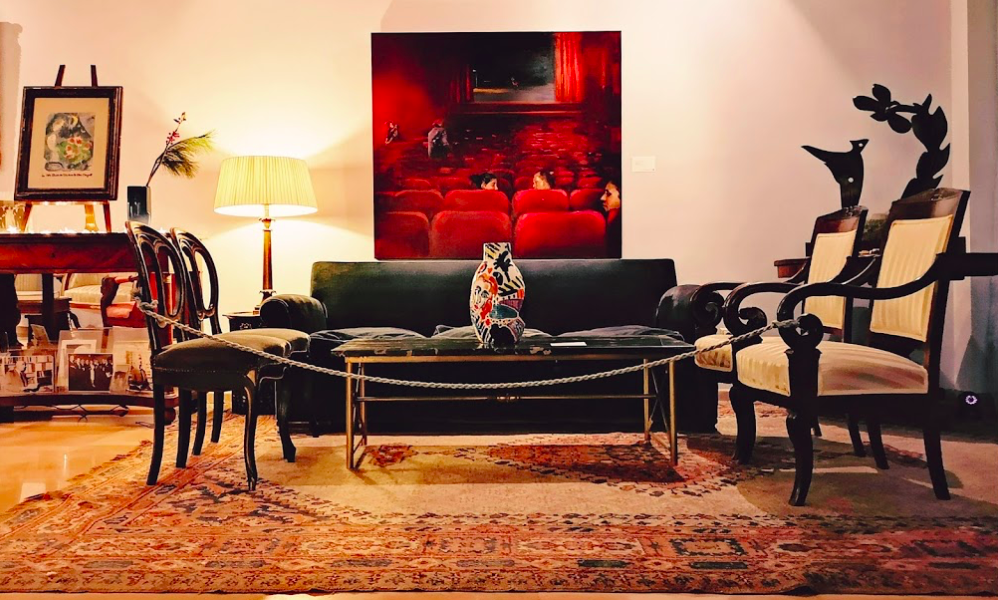Visiting folk museums that present how houses and other spaces were set up in the past can be a fascinating experience, but during one’s visit, it’s hard to forget one is in a museum.
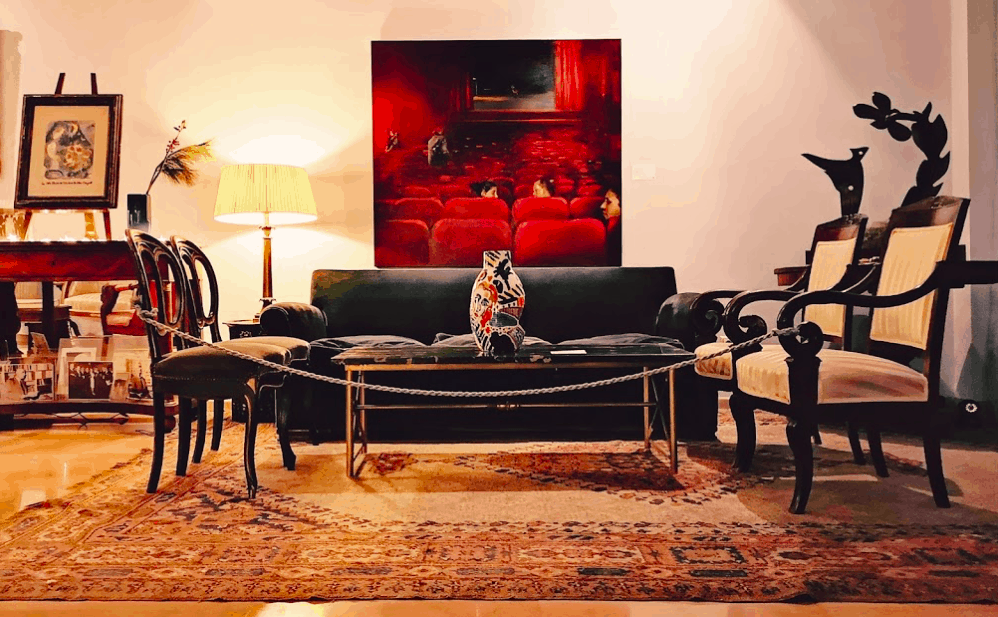
One of the key charms of the Katakouzenos House Museum (KHM) is that it almost feels still lived in. The 300m sq apartment on Vas. Amalias Ave is filled with impressive and highly elegant furnishings, books and paintings by the likes of Chagall, who was one of the illustrious and globally famous friends of the owners. It is a cultural gem on the 4th floor looking out to the Parliament Building that still, not enough people know about.

The KHM was once the private residence of acclaimed psychiatrist Angelos Katakouzenos and his intellectually pioneering wife Leto, who belonged to the cultural elite of Europe’s so-called “1930s generation,” and were cultural ambassadors of Greece abroad and arbiters of international tendencies in Greece.
When she was a young woman, the museum’s director Sophia Peloponnisiou, connected with Leto Katakouzenou during the last decades of her life.
They developed a close and loyal friendship during which Peloponissiou made her dedication to her friend’s cultural visions a priority, offering her time and efforts in helping her publish her autobiography, soon published in its fifth version, and helping to organize cultural initiatives. Following Leto Katakouzenos’s death, the young woman discovered that she had been assigned the honour of continuing the pair’s cultural vision by keeping the apartment and its legacy ‘alive’.
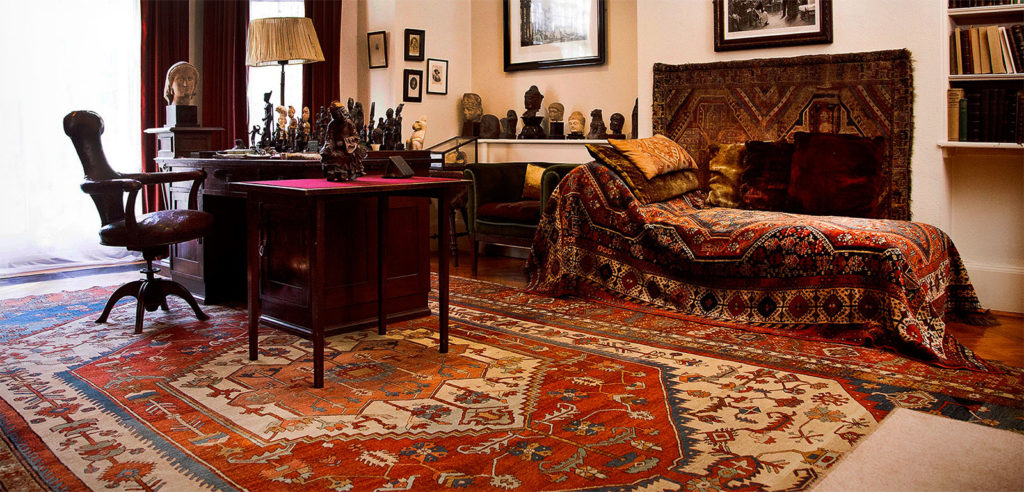
For many years Peloponissiou has devoted - completely on a volunteer basis - all her free time aside from her career and her role as the mother, to keep this magnificent Athenian home at the epicentre of the Greek cultural sphere. “Modern metropolises do not only need brand new cathedrals of culture and power,” says Peloponnisiou, “they also need small chapels of inspiration and intimacy, where the past can be relived and the future anticipated.”
Hosting a year-round series of cultural events such as talks, music and theatre performances, readings and screenings, the KHM contains an extensive collection of over 40 paintings, some drawings and prints, numerous works of art (decorative objects, sculptures), paintings in various media from the 1930s-1970s and a quality collection of 18th and 19th C. French and Hellenic furniture. The series of paintings includes a set of four large mahogany doors especially painted for the Katakouzenoi by their close friend Nikos Chatzekyriakos-Gkikas and many more paintings by the same artist in various media.
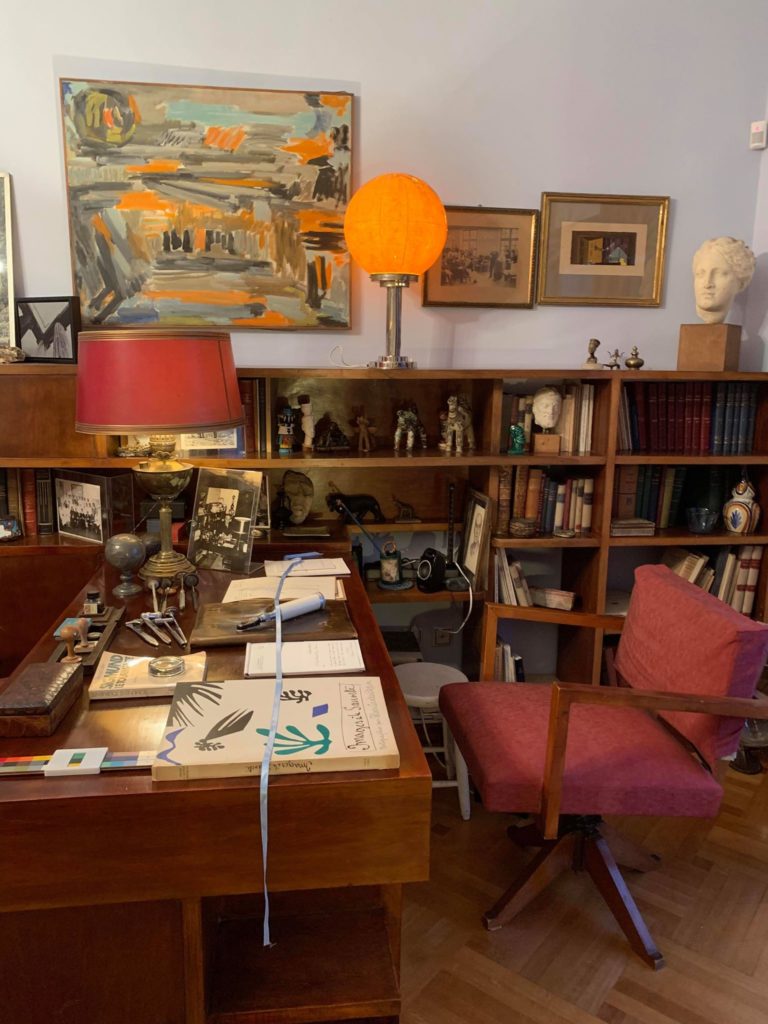
Further works by Spyros Vasileiou, Giannes Tsarouches, Giorgos Gounaropoulos (all prominent artists of the “1930s generation”) are hung all over the house. The watercolour and pastel portrait of Leto by Marc Chagall is perhaps the best work of art by a non-Hellene artist. “What makes the KHM collection of paintings quite unique, apart from their undoubted artistic and monetary value, is the way they were acquisitioned” notes Peloponissiou. “None of the works was purchased; indeed most were given by the artists themselves as gifts, tokens of friendship or gratitude.”
The collection of several thousands of mainly 20th-century books is scattered through the house. Manuscripts and letters by both the Katakouzenoi and their famous friends survive. The collections illustrate life in Greece in a way that attracts attention, provides knowledge and incites an emotional interaction for the visitors.
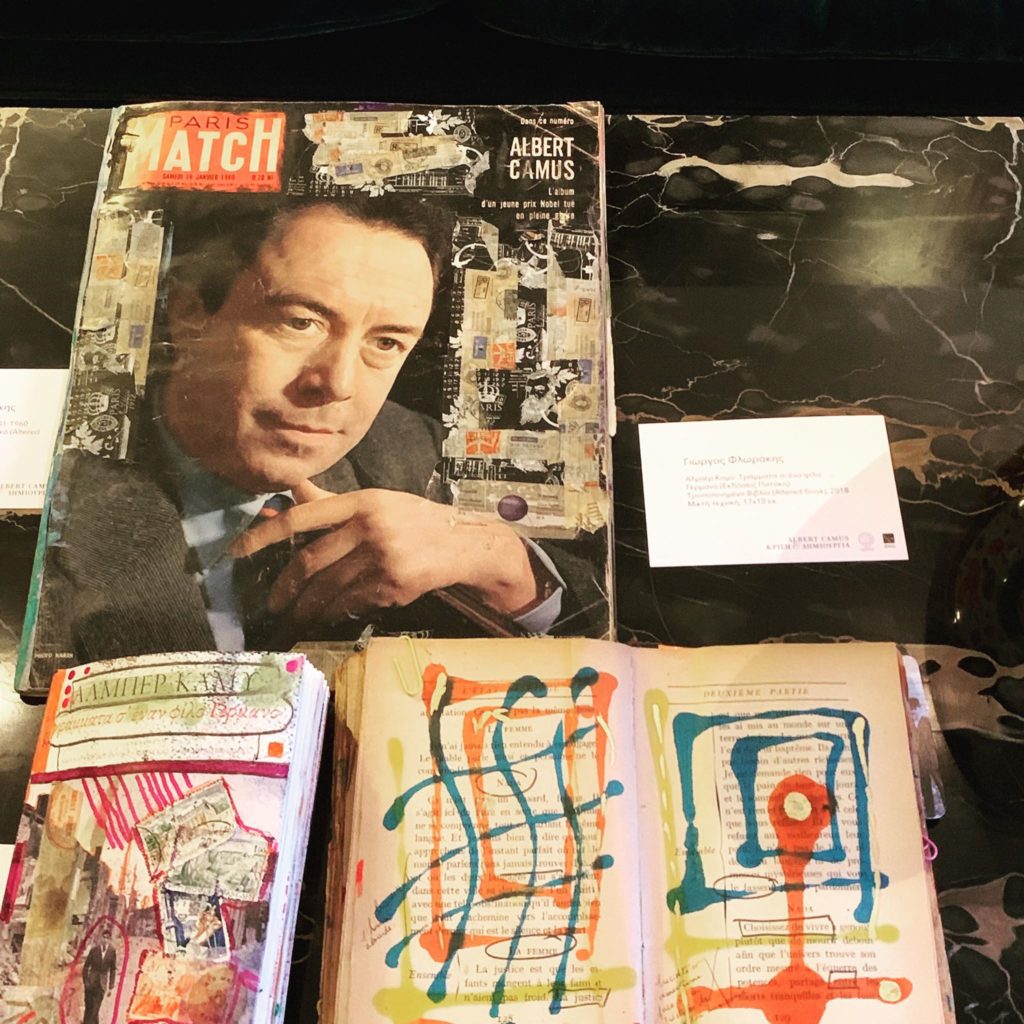
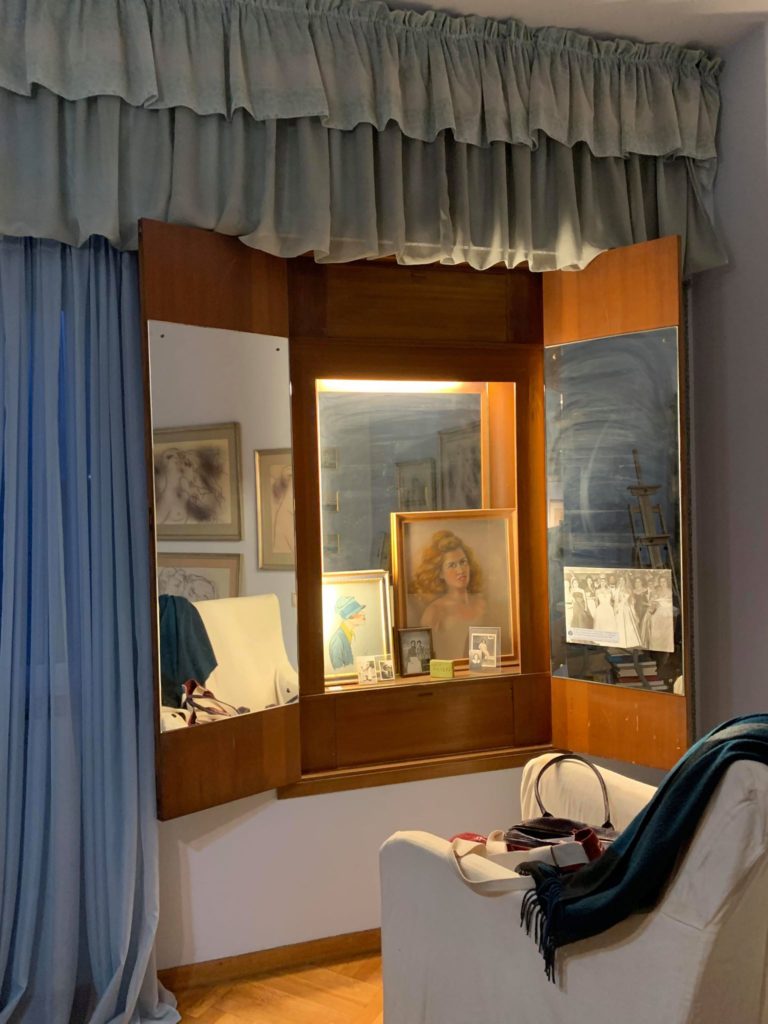
“The collections of the KHM are not objects, paintings, books or furniture. They also include the energy of its past, the people who lived in and visited it, the words they uttered, their thoughts and dreams, the aura of the lived place,” says Pelopissiou, adding, “...every object has more than a market value or a particular acquisition or donation record; the reasons behind its selection and its symbolic power for the inhabitants of the house are as much part of its life force.”
“Apart from honouring Greece’s and Europe’s cultural past, one of our greatest aims for the future is to bring children and the younger generations into contact with this heritage, to subject them to cultural wealth to our best capacity,” Peloponissoou says.

The KHM is a foundation that receives no sponsorship or financial support. Its dramatic refurbishment, excellent maintenance, rental, bills and any other financial and organizational aspects are all dealt with by its board, made up of a handful of volunteers, of which Peloponnissiou is the General Secretary. “At some points, I have been running the entire place alone,” she laughs, “and that includes dusting and mopping the entire apartment myself!” Her loving determination to carry on the Katakouzenos vision and keep their home and all its beautiful contents connected to the contemporary public is truly a touching feat.
A: Leoforos Vasilisis Amalias 4, Athens

